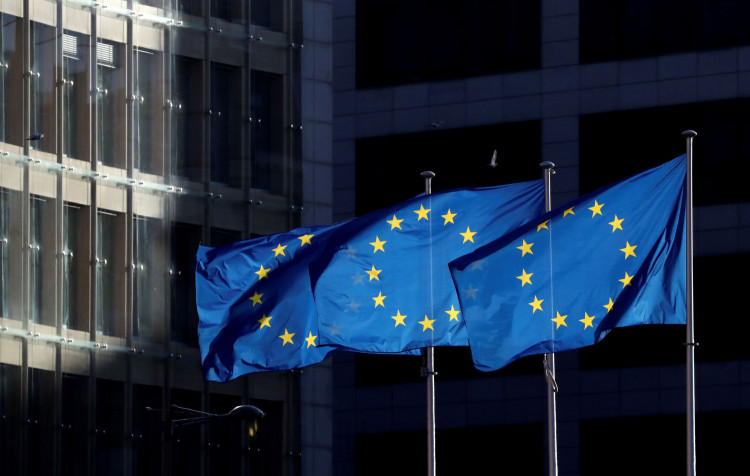Travelers from 18 countries in Asia, Europe and Africa will be the first to be allowed entry into the "EU+" countries reopening their borders on July 1. EU+ refers to the 27 member states of the European Union plus Norway, Iceland, Switzerland and Liechtenstein. The latter four countries aren't EU member states but are normally part of the EU open-borders zone.
The "safe list" of countries finalized Friday by the European Commission (EC), the EU's policy making body, includes Algeria, Australia, Canada, Georgia, Japan, Montenegro, Morocco, New Zealand, Rwanda, Serbia, South Korea, Thailand, Tunisia, Uruguay, Andorra, San Marino, Monaco and the Vatican. The list will be updated every two weeks.
The EC said China will be included in the safe list if it also opens its borders to EU travelers. China was initially reported to be in the first safe list.
Reciprocal reopening is one of the criteria used by the EC to make the final selection for the safe list. The other criteria are for countries to have COVID-19 under as much control as the EU average. The final criteria require countries to have containment measures during travel, according to EU Home Affairs Commissioner Ylva Johansson.
EU member states continue discussions over two safe lists of acceptable visitors. The lists are based on how countries fare in controlling the COVID-19 pandemic.
One list includes 47 countries with an infection rate lower than the EU average. The other and longer list has 54 countries. It includes countries with slightly worse case rates than the EU average.
Denied entry into EU+ countries will be travelers originating from anywhere in the United States. Also included in the ban will be travelers from Brazil and Russia.
The U.S. leads the world in the number of countries with confirmed COVID-19 cases. As of eartly Sunday afternoon in Hong Kong, the U.S. had 2.59 million cases and 128,000 deaths out of the world total of 10.1 million cases and more than 501,000 deaths, according to Worldometers.
The U.S, Russia and Brazil are considered unsafe based on tough EU epidemiological criteria. The basic EU epidemiological metric determining the travel restriction is a measure of the average number of new cases per 100,000 people over the last 14 days.
The EU said it has an average of 16 new cases per 100,000 people. In contrast, the U.S. has a high 107 new cases per 100,000 people. Brazil's has 190 and Russia 80 new cases per 100,000 people.
The safe list was completed by EU senior diplomats in Brussels after arduous negotiations under a common set of standards after four months of lockdown.
The final list is still being drawn-up. EU officials said it's highly unlikely the U.S. will make the final list. The safe list, however, still needs to be formalized in EU member states, as well as by the EC before taking effect July 1. Diplomats said they don't expect the list to change.






